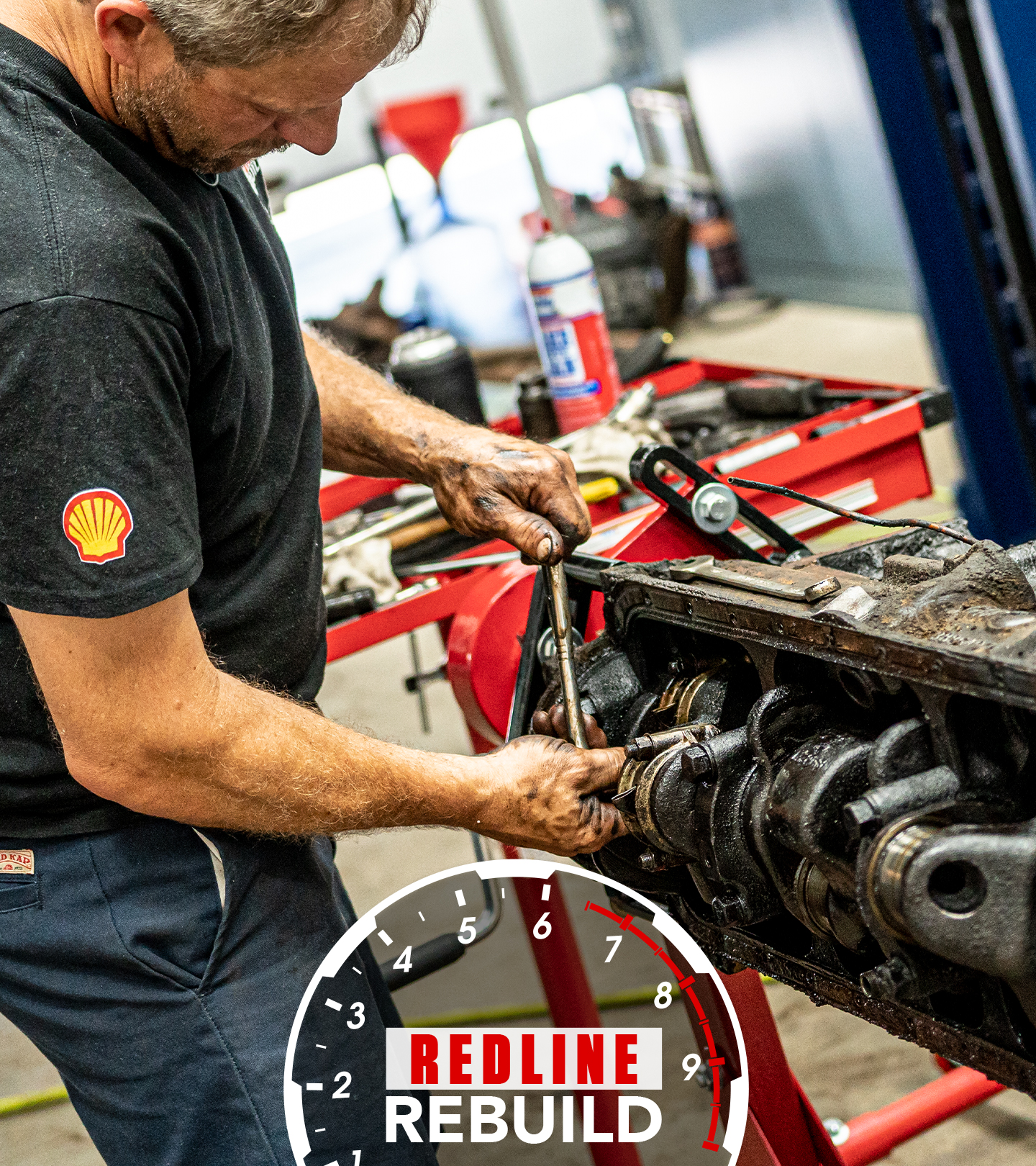DIY: Here’s what you need to know about torque wrenches - Hagerty Media
It’s easy to tighten bolts, but sometimes a bolt needs to be a very precise tight. That is where torque wrenches come in. Davin is here with the latest DIY video to take some of the mystery out of the tool that every home mechanic needs in their garage.
The duty of a torque wrench is often misunderstood. Torque is not about making sure the head of a bolt is all the way against the surface of the part it is holding, but rather, that the proper amount of stretch is being applied to the bolt, which amounts to clamping force imparted. A torque wrench is a simple system that allows a mechanic to easily measure the tension of bolts during assembly.
The two most common measurement units used by torque wrenches are foot-pounds and newton-meters. Essentially, this is equating the twisting action the mechanic places on the bolt to a one-foot (or meter) lever with a prescribed amount of weight on the end.
There are three options for torque wrench styles. As Davin notes, each has their place in a toolbox. The first option is a beam type, which uses the deflection of the wrench as the mechanic tightens the bolt to measure the force imparted. Well maintained, a beam type wrench will serve accurately for years. However, proper care of a beam type wrench requires careful usage and even more careful storage. Add in that it is often difficult to read the gauge while pulling the wrench with the proper force, and this option is often skipped over for one of the more user-friendly options.
The first of which is the click type. The interior of a click type torque wrench is something that is witchcraft to many. Fortunately, Davin takes one apart to explain how a simple spring and roller interact to create both the audible click and haptic feedback. Widely adjustable and durable, the click-type torque wrench has been the go-to wrench for mechanics for years. Just be sure to zero the setting of the wrench before storage in an effort to relieve tension in the internal spring and help the wrench to maintain its accuracy over the long haul.
The last option is the most 21st century, which means it is the most accurate and also carries a battery. An electronic torque wrench utilizes a strain gauge in the handle of the wrench to measure force and allows even more accurate adjustment than the click type. It also maintains accuracy far better. For a home mechanic who rarely, if ever, re-calibrates their torque wrench, this is the best option for ensuring fasteners are at the proper tension over a lifetime of doing-it-yourself.
Of course, the wrench is just one part of the system. It’s extremely important to ensure the threads of what you are assembling are clean and burr-free. Any debris or rough sections on the threads will cause an incorrect reading on the torque wrench. Davin also mentions that some fasteners require lubricant on the threads, some do not. Lubing the threads will allow for more bolt stretch at the same torque reading, so if done improperly, this can cause premature failure of parts. Research is your friend when it comes to assembly.
Whether assembling your first engine or the suspension of a car that has been so faithful to you, proper torque on the hardware is important. Using the proper wrench and specs is a recipe for success. Have any additional tips that aren’t included in the video? Leave those in a comment below.










